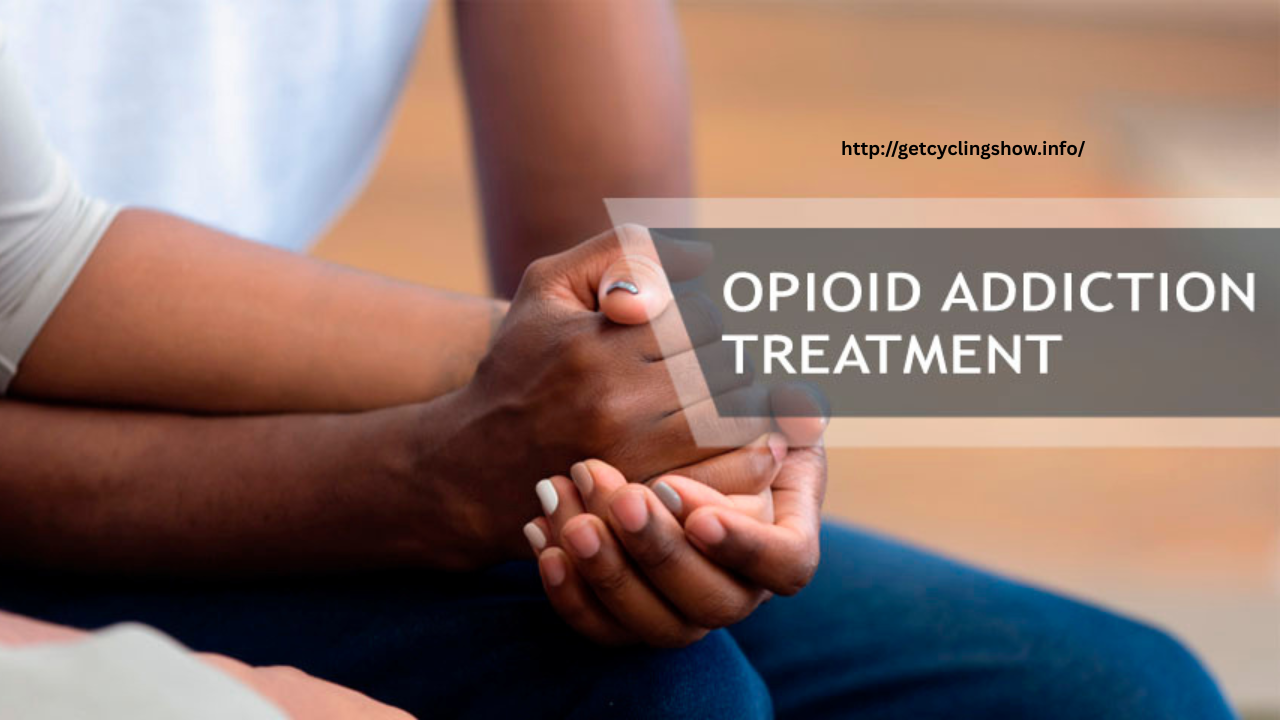
Drug abuse continues to pose a significant threat to individuals and communities worldwide. While professional intervention and education play essential roles, the involvement of family and community is equally vital in preventing substance abuse. These foundational social structures provide the support, guidance, and environment necessary to foster healthy development and resilience against drug use.
The Family’s Influence
Families are the first and most consistent source of influence in a person’s life. A strong, supportive family unit can play a key role in preventing drug abuse by fostering communication, trust, and healthy coping skills.
- Parental Guidance and Communication Open and honest communication between parents and children helps build trust and awareness. Discussing the dangers of drug use early on and maintaining an ongoing dialogue can make children feel more informed and confident to make healthy choices.
- Modeling Healthy Behavior Parents and guardians serve as role models. Demonstrating healthy coping mechanisms, stress management, and responsible behavior sets a standard that children are likely to emulate.
- Establishing Rules and Expectations Clear expectations and consistent discipline help children understand boundaries. Families that set and enforce rules about drug and alcohol use are more likely to deter risky behaviors.
- Emotional Support and Stability Providing a safe, loving, and stable home environment can reduce the likelihood of youth turning to substances as a form of escape. Emotional support fosters self-esteem and resilience, which are protective factors against drug abuse.
Community Engagement and Responsibility
Communities can reinforce the values and messages promoted at home. Through schools, local organizations, and support networks, communities provide resources, education, and a sense of belonging that can deter drug use.
- Education and Awareness Campaigns Community-based education initiatives raise awareness about the risks and consequences of drug abuse. Programs targeting schools, parents, and local groups equip people with knowledge and tools to prevent substance use.
- After-School and Youth Programs Structured activities like sports, arts, and mentoring programs engage young people in positive pursuits. These programs help build skills, confidence, and supportive relationships that serve as alternatives to drug use.
- Access to Mental Health Services Communities that invest in accessible mental health services help individuals cope with underlying issues like anxiety, depression, or trauma—common triggers for substance use. Early intervention and counseling services can make a significant difference.
- Community Policing and Safety Initiatives Safe neighborhoods reduce exposure to drug activity and violence. Collaborative efforts between law enforcement and residents, such as neighborhood watch programs and community policing, foster trust and collective responsibility.
Conclusion
Preventing drug abuse requires a united effort from both families and communities. By fostering open communication, emotional support, educational opportunities, and access to resources, families and communities can create environments that protect individuals from the dangers of drug use. Together, they play a critical role in shaping healthy, drug-free futures.
